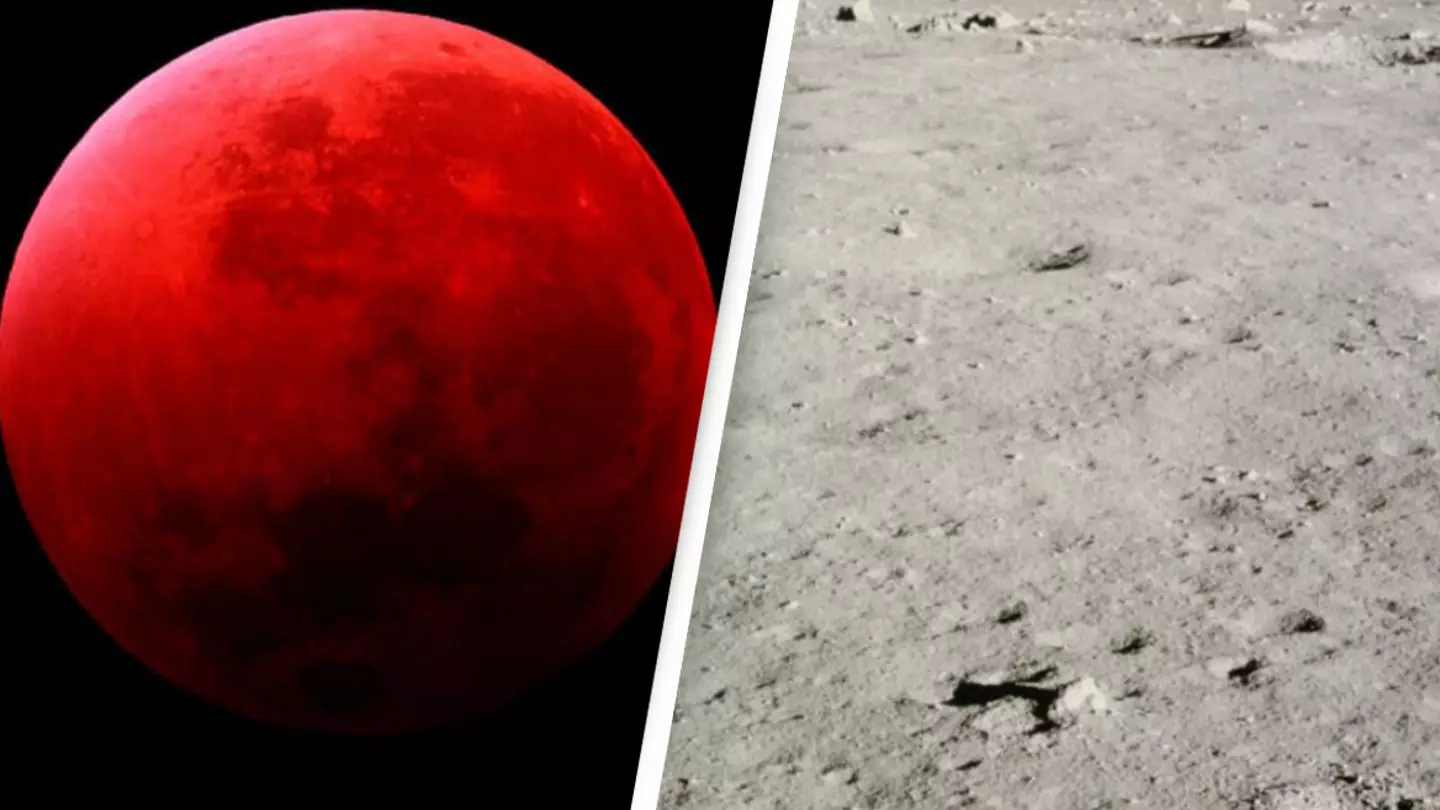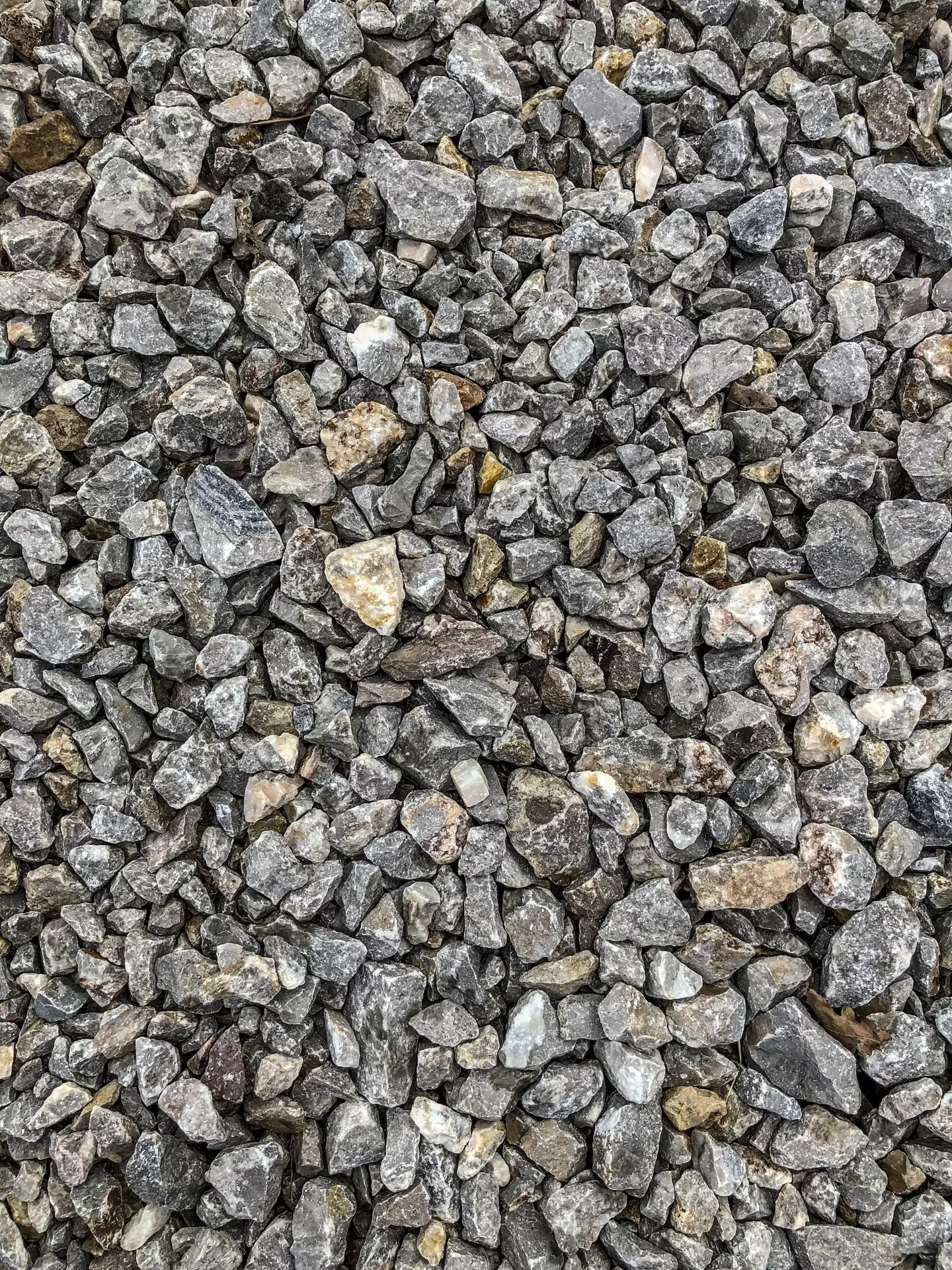
You wouldn’t bat an eye at a granite countertop, but what about a granite Moon?
Well, it’s a lot more believable than you’d think as a new study has found exactly just that.
From men in Moon boots to films depicting voyages throughout space, we’ve been watching the giant white orb for quite some time, and we might think that we know everything there is to know about it.
Advert
It’s a rock in the sky, right?
Except, it’s also been found that a 31-mile mass of heat-emitting granite is sneakily hiding beneath the surface.
A study published in Nature on Friday (7 July) detailed how it was found on the far side of the Moon and what it means.
As granite is pretty much impossible to find outside of our green planet, this means that it raises questions about whether or not the Moon has Earth-like qualities in its formations.

Prior to this finding, only grains of granitic material have been found on the Moon through samples collected by the Apollo missions.
Advert
Professor Stephen M. Elardo - who did not take part in the study but is a NASA Early Career Fellow and Assistant Professor of Geological Sciences at the University of Florida - described the finding quite well in a simple way.
As reported by Eurek Alert!, he said: "People don't think twice about having a granite countertop in their kitchen. But geologically speaking, it's quite hard to make granite without water and plate tectonics, which is why we really don't see that type of rock on other planets.”
The study's lead author, Dr Matt Siegler of the Planetary Science Institute, Tucson, Arizona, talked about how this granite emits heat, which could be due to an ancient volcano that ceased erupting over 3.5 billion years ago.
He explained how he felt when they discovered the possible volcano: "To tell the truth, we were a bit puzzled when we found it: fortunately, my wife, Dr Rita Economos, is the geochemist in the family, so with her guidance, we were able to piece together the probable geologic cause of the heat anomaly."
Advert
Siegler’s wife and geochemist, Economos added that there are similar volcanic make-ups that we can find on Earth to compare.
.jpg)
She said: "This find is a 50km wide batholith; a batholith is a type of volcanic rock that forms when lava rises into the Earth's crust but does not erupt onto the surface. El Capitan and Half Dome, in Yosemite in California, are examples of similar granite rocks which have risen to the surface.”
Thanks to their research, they were able to locate a location on the Moon, which is around 10 degrees warmer than the rest, right between the craters Compton and Belkovich.
Advert
Due to granite's high heat production because of its uranium and thorium content, they were able to deduce that there is so much granite under the surface because the unerupted lava below the volcano had cooled down.
If the study proves to be correct and not just a theory, it’s certainly going to be hugely helpful in how we look at other planets and their internal workings in the Solar System.
